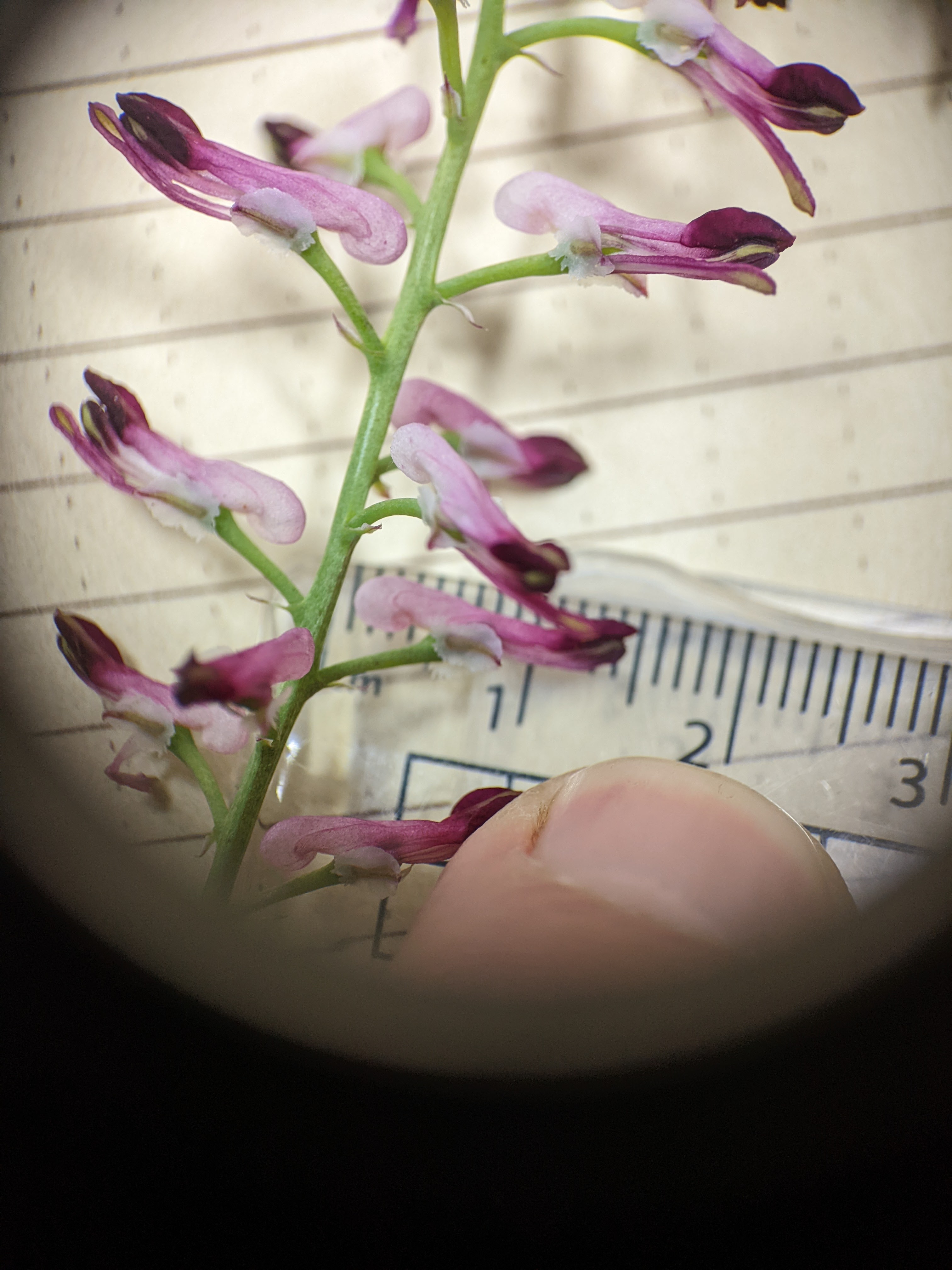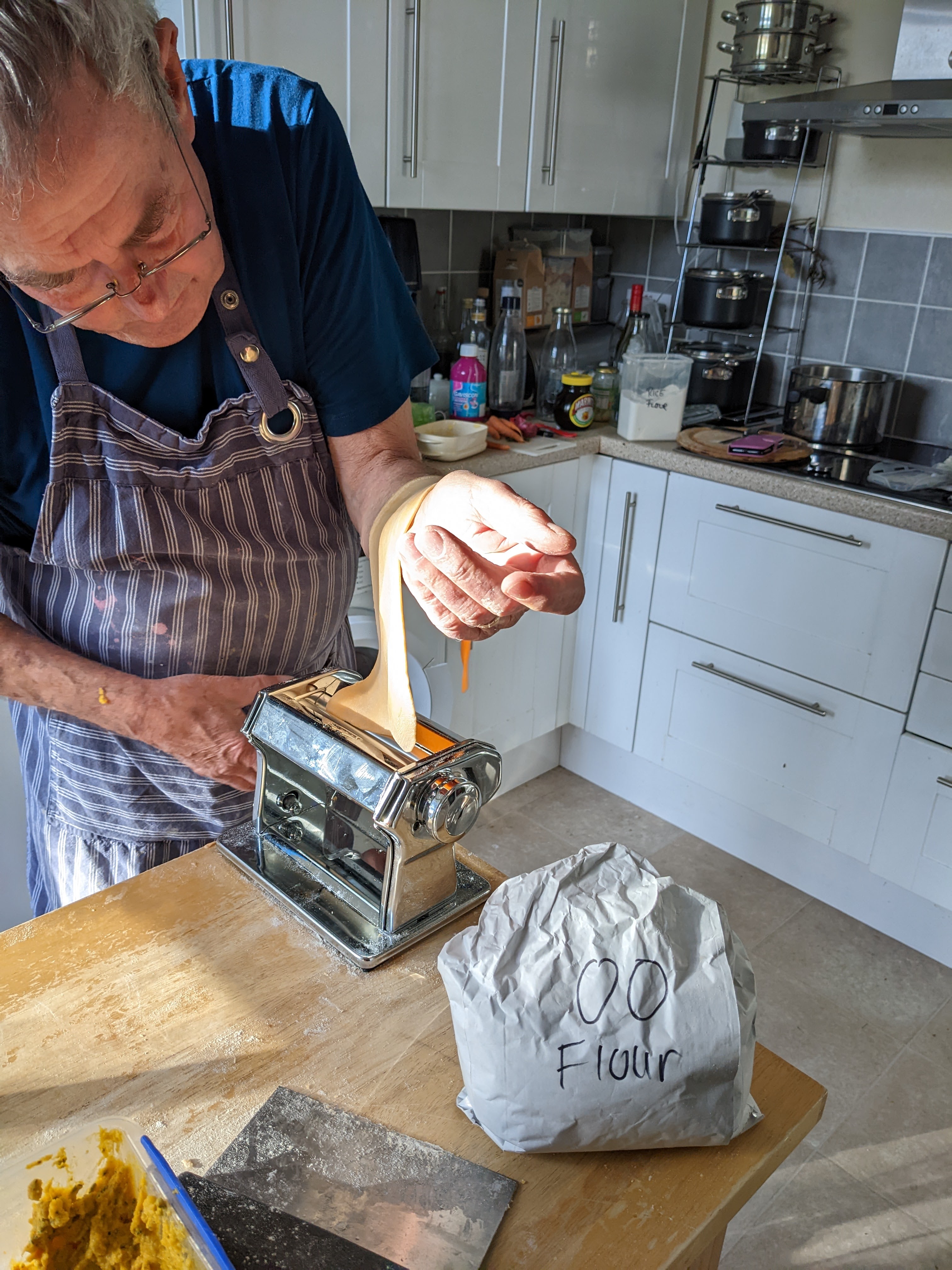
OK so this quotation looks a bit chewy but don’t panic, in fact skip it altogether rather than give up because it’s profoundly important that we understand what’s at stake. There are essentially three points here. I’ve shortened the quotation from its original length by cutting out the proposition that music, poetry, art, spirituality and drama are all ways of thinking, and I’d argue more broadly that the whole of human culture – (including doing botany and allotmenteering), embodies tools for doing so. The second point follows – that shutting down philosophy is a pretty moronic thing to do when we need to practice thinking clearly in order to stay alive. The third point is that waiting for technology to come over the hill like the Seventh Cavalry and save us from all our problems is plain wrong.
In the 1980s, as one philosophy department after another was closed under a Conservative government led by former Somervillian Margaret Thatcher, Mary [Midgley] led a campaign to rescue hers. Though unsuccessful, she never gave up in her mission to defend philosophy. Philosophy is not a luxury, Mary insisted. Philosophy is something we humans need in order for our lives to go well. She argued trenchantly against the mythical idea that we can entrust our future to technology and artificial intelligence. This is a comforting sedative, but when it comes to figuring out what to do next about climate, war, environment or education – it is ultimately suicidal. She ends her final book, What is Philosophy For?, with a warning and an imperative:
“[W]hat actually happens to us will surely still be determined by human choices. Not even the most admirable machines can make better choices than the people who are supposed to be programming them. So we had surely better rely here on using our own Minds rather than wait for Matter to do the job.
And, if this is right, I suspect that… philosophical reasoning-will now become rather important. We shall need to think about how best to think about these new and difficult topics – how to imagine them, how to visualize them, how to fit them into a convincing world-picture. And if we don’t do that for ourselves, it’s hard to see who will be able to do it for us.”
Metaphysical Animals – How four women brought philosophy back to life. Chatto & Windus 2022. Page 298
The River Avon, 50 metres from our flat, is running at its highest level for 20 years and may well go higher as the last two days of heavy rain run off into it. I’ve run out of metaphors for its sheer power. The speed and intensity of the flow defies description. Ideas such as malignant are way off because rivers don’t bear us any grudge, they just do rivering. Rivers have moods of course but these are not human sulks or bursts of sudden rage; these moods are morally neutral. On a balmy day in Spring it’s possible to kid yourself that nature has been “put on” just for us; a kind of revelation or – as Mother Julian might have written – a shewing; a manifestation of something divine. But if that’s true; is the river today a sign of divine anger? Is it smiting us in some sense? Is there an intelligence behind it all that we’ve insulted?
I don’t think that inventing supernatural beings, especially humanoid ones, settles any arguments at all. We’re still always left with a ‘WTF are we supposed to do?? ‘ which usually ends by throwing some poor individual or group under a bus. But if this awe-inspiring flood is humbly accepted as an instance of natural forces, it loses none of its power to contextualise us within nature. Nobody’s showing off here. We’re not here to learn lessons, we’re here to think with all judicious haste how to respond to the song of the river, and it does have a song if you stand and listen. The bare earth and yellow grass had a song last summer, a dry and rustling song. The East wind has another song as it shrives the plants for day after day until their cells have burst and they collapse. The unseasonable weather has a song; a lament if you prefer, that that we are adrift. The seasons, by which we once navigated as if they were a kind of compass, have become anomalous and untrustworthy; our seeds fail to germinate and our crops fail.
Much of our predicament is marked – not by presence but by absence. The Cuckoo, the House Sparrow, the insects and bees and butterflies. Slowly, bit by bit, the complex dialect of our sense of place – the voices, the histories and memories, the regularities, the fragmentary graffiti of everyday life – are all gone. The environmental catastrophe, understood just as bad science and failed technology is missing great continents of meaning. The same catastrophe taken a simple legal battle with the guilty in the dock and the innocent as complainants edits all the complexities out.
We are in the midst of a growing catastrophe of being. Culture – the way we do things round here – has been so eroded, let’s be clear, by the theocratic madness of neoliberal economics, that we have had the joy; the spirituality; the heftedness; the manual labour; the cooking; the teaching; the nurturing; the everyday poetry and song, the sense of belonging to something so big that it could never be traversed in a lifetime; the ebb and flow of the seasons and their celebrations; the capacity to love and be loved back without reserve or fear …….. all bled out, reprocessed and sold back to us as simulacra.
So to return to the title of this post, my answer would be that we need them all – green philosophy; green spirituality and green ethics – the trinity of disciplines that will enable us once again to find our true place in nature, and to hear the Song of the Earth once more.








































